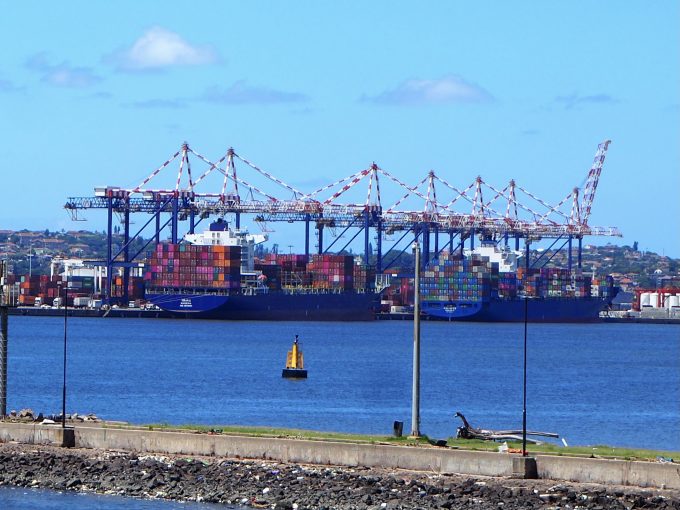OOCL Q2 25 update: more volume carried, but revenues decline
Cosco-owned OOCL today reported second-quarter volume and revenue figures which appear to show the Hong ...

As spot rates on most shipping routes continue to rise – albeit at a slightly lesser rate than last month – there are increased reports of shippers with contracted cargo seeing their containers rolled at ports of loading.
Yesterday, spot freight rate platform Freightos published its ...

Comment on this article